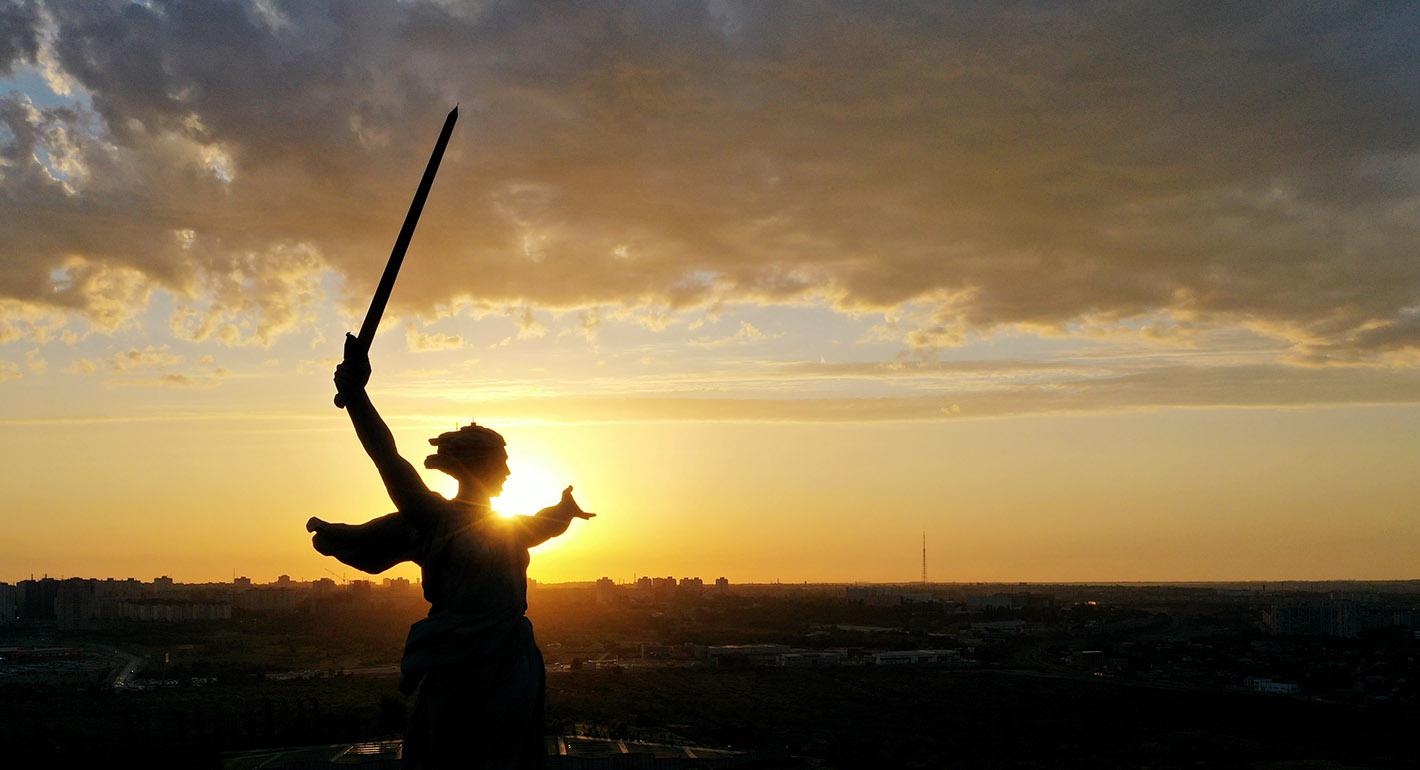The concept of Putin-era stability, which first began to wobble several years ago, has now conclusively collapsed. For years, Russians willingly exchanged their rights and freedoms for relative economic prosperity and political stability. Since Russia’s invasion of Ukraine, however, the question on most Russians’ minds is: How much worse will tomorrow be than today?
The Kremlin, accordingly, is being forced to look for an image of the future that would restore the Putin majority’s confidence in tomorrow. The problem is that the man who once embodied stability—President Vladimir Putin himself—is now its destroyer. As a result, the presidential administration’s attempts to create a new concept for Russia’s future that will match the mood in society and at the same time satisfy this “new Putin” are doomed to failure.
The Kremlin’s political bloc first started work on the development of an image for the future a few weeks after the invasion of Ukraine, once the blitzkrieg plan had failed. There was a need to explain to people why sacrifices had to be made and sanctions had to be endured, as well as where Russia was heading.
One of the concepts the Kremlin has chosen posits Russia as the “correct” Europe that preserves traditional values. Echoes of this concept can be heard in Putin’s recent speeches, in which he reminds viewers that if Europe wants to retain its identity, it must stand together with Russia. The rest of the world is offered an anti-colonial agenda: Putin now talks of Russia as the leader of countries that have been oppressed by the West.
But that discourse is the export model; it’s not suitable for domestic use. The presidential administration’s political bloc understands that the concept of Russia as the leader of oppressed peoples everywhere is unlikely to distract Russians from their own problems at home. These ideas were discredited beyond hope in the eyes of Russian society back in the Soviet era, when brotherly love for countries with socialist leanings was espoused.
Finally, in November—following several months of prevarication—pro-Kremlin media and Telegram channels let it be known that an image for Russia’s future had (perhaps) been found. They wrote about a “research article” by a group of authors including Alexander Kharichev, a close associate of First Deputy Chief of Staff Sergei Kiriyenko.
The article was based on “sociological research” carried out using focus groups in which people were asked to draw an image of the future. In fact, those surveyed were taking part in a conference in the Crimean city of Sevastopol: i.e., they were all people who have cooperated with Kremlin bureaucrats and knew which answers would please those commissioning the survey.
Unsurprisingly, therefore, the image of the future turned out to be extremely hazy: an unfinished novel, a pie with various fillings, a kaleidoscope of changing pictures, and so on. Despite the pseudo-scientific veneer of the article, the banality and nebulous nature of what was proposed was testament to the ideological crisis within the Putin regime. The Kremlin cannot tell its people where it is taking the country or why, because even the slightest detail would be at odds with the expectations of either society or the president.
This isn’t the first time, of course, that the presidential administration has engaged in a fruitless search for an image of the future. Equally forced and sterile visions were developed by Vladislav Surkov, his successor Vyacheslav Volodin, and Kiriyenko as curators of domestic policy. But back then the authorities could afford this futility: there was no pressing need for an image of the future.
For many years, stability was the cornerstone of the Putin regime: relative economic prosperity with limited rights and freedoms. The Kremlin appeared to guarantee that this state would last forever: after all, why fix what isn’t broken?
Even in recent years, despite economic stagnation and the crushing of any remaining freedoms, stability under Putin seemed a guarantee of a permanent “present” with an absence of any serious changes—for better or worse. The stability concept worked for the Putinist majority, who wanted time to stop. Discussions about a future that differed from the present were nothing short of a danger to the regime. That was understood in the Kremlin, which tried to keep things the way they were.
In launching his invasion of Ukraine, however, Putin transformed irrevocably from a guarantor of stability into its destroyer. Time was moving once again, and each new day was worse than the day before. Putin had plunged Russians into the depths of a crisis and forced them to think about the future, since the unstable today and even worse tomorrow were so alarming.
To quell this alarm, the authorities are now having to think seriously about an image for the future of the country. In theory, this shouldn’t be that difficult: the majority would be very happy with a return to their stolen stability, a journey into the recent past. The path to this clear and simple solution, however, is blocked by one man: Putin.
Russian society craves stability, but that is impossible with the current president, who wants to be an operator for global instability. The president is rebelling, but that rebellion does not have popular support.
The bureaucrats in the presidential administration are now trapped in the chasm between the views of the president and the mood of Russian society. Putin remains their main client, and he is not planning on going anywhere. Yet ignoring the demands of the Russian people also has its risks.
They must try, therefore, to please everyone by developing concepts that are as nebulous as possible: concepts that won’t alienate anyone, but won’t engage anyone either. The pies and kaleidoscopes laying claim to the image of the future are the stillborn offspring of a bygone union between the president and the people, and clear evidence of the decisive break between Putin and his previous majority.






